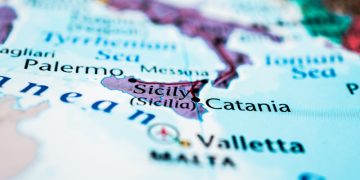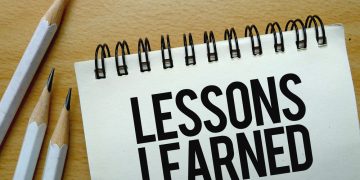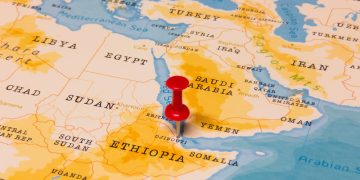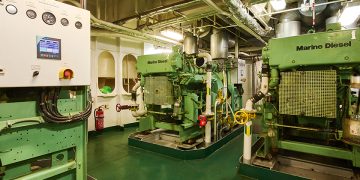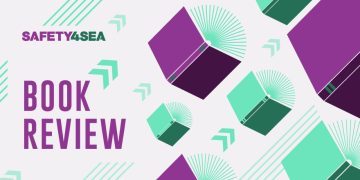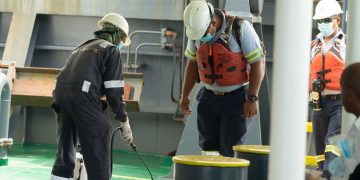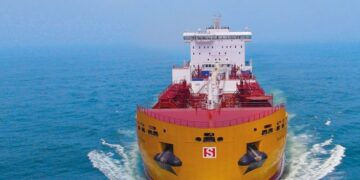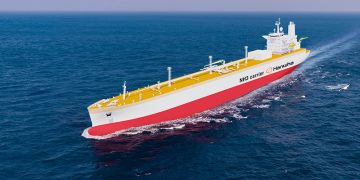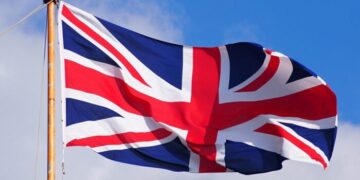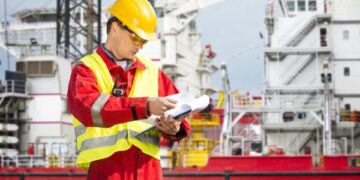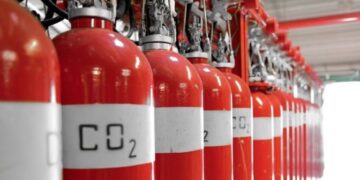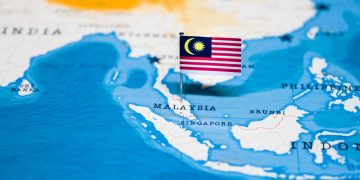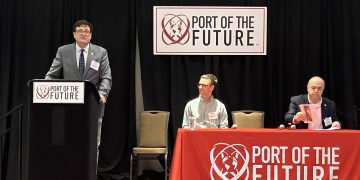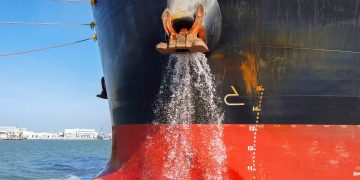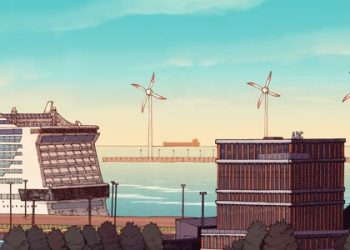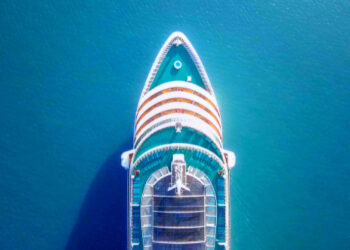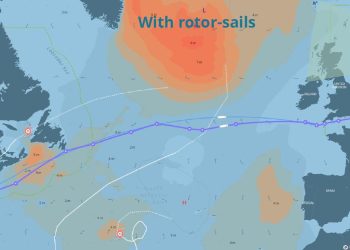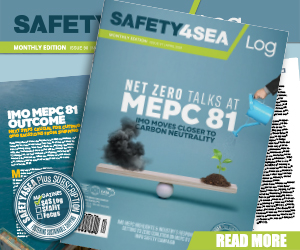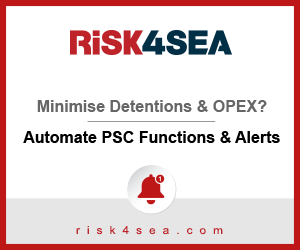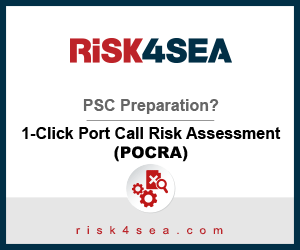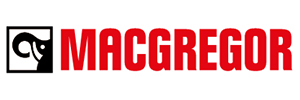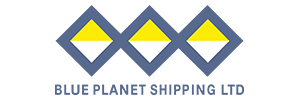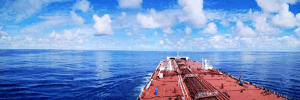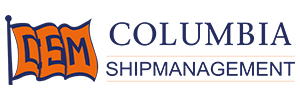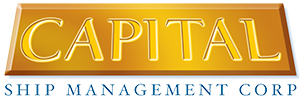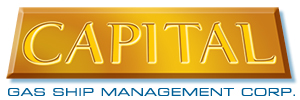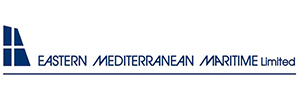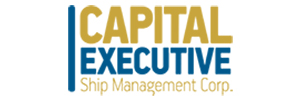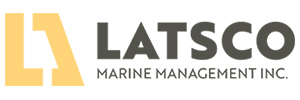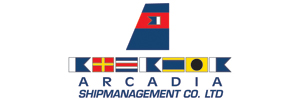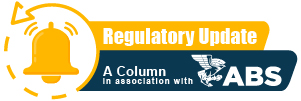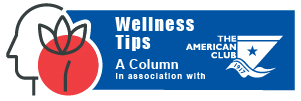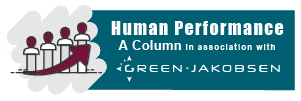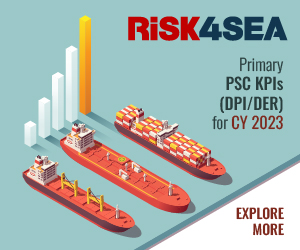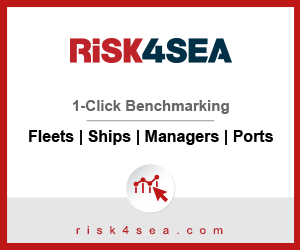Esa Henttinen, Executive Vice President, NAPA, discusses how 3D design and simulation tools are keeping cruise passengers safe in a rapidly evolving segment.
We often think of safety in terms of the physical aspects of vessel design – the thickness of steel, the stability of a ship, and the safety systems that are in place. However, ship safety can also be just as much about information – ensuring that the right people have the right data, when they need it, and can act on it rapidly in an emergency. Designing safe ships is only part of the battle to ensure safety – the necessary systems and regulations must be in place to support safe operation, and crew must know how their vessel will perform in an emergency.
The data behind ship safety presents a particularly complex challenge for the cruise industry, simply because of the structure of the vessels. A cruise ship can have thousands of rooms, over 100 liquid tanks for ballast water, fresh water, grey water, lubrication oil etc., plus staircases etc. – all of which makes vital safety calculations much more difficult. For example, this makes flooding calculations for cruise vessels exponentially more complex than the same calculations for a tanker or bulker.
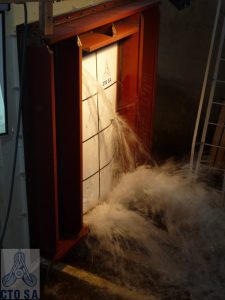
It is for this reason that 3D design and safety tools are so important to the cruise industry. They house, manage, and communicate the data that is not only vital for designing safe ships, but in creating simulations that allow users to react to danger, and assist crew in operating vessels safely. They also provide a common language that the industry can use to discuss and explore safety regulations.
In the cruise industry, NAPA software is used to design all new vessels, thanks to its unique ability to handle these advanced calculations. The modelling capabilities of the software also support systems that ensure safe operations, and assist crew in assisting in emergency situations.
There are two main strands to ensuring safety through data – ‘passive’, and ‘active’ safety. Passive safety encapsulates the work done at the design stage, ensuring that a vessel will be safe and seaworthy. NAPA’s software allows designers to cope with the rapid changes and revisions common to early-stage design work – particularly in an industry where competition to build new, innovative vessels is so fierce – without compromising safety. The software automatically links mandatory calculations to its 3D model, which gives the designer the freedom to make design changes rapidly.
The simulations and models NAPA creates are used by the Cruise Lines International Association (CLIA). A self-regulatory body, this institution tends to remain ahead of regulations from entities like the IMO, often moving faster than global SOLAS requirements. NAPA simulations provide the common framework for the regulations that, even before design work has started, underpin safe design. Though cruise designers are in intense competition when it comes to creating unique designs, they realise the benefits of collaboration on safety; NAPA’s software provides the means to have these discussions and legislate for a safer industry.
When it comes to active safety, the advanced data that NAPA’s tools include for ship design are used to monitor the safe operations of a ship, and accurately predict what will happen in an emergency.
The main risk to handle here is flooding. For the last 30 years, every passenger ship has had a fire display in the command room, able to indicate where a fire is located and whether it is expanding. However, the mos serious passenger ship incidents, from 1912 to the present day, haven’t been caused by the spread of fire through a vessel, but the spread of water.
In an emergency, NAPA’s Emergency Computer will immediately begin to calculate a flooding scenario, and provide crew with vital information. This could relate to which doors need to be closed, or how long it will take before, for instance, lifeboats on one side of the ship are unusable due to listing.
The emergency computer uses sensors to gather flooding information to power its calculations, supplying vital information to the crew. This allows the captain and crew to react instantly, issuing instructions to passengers and beginning evacuation if necessary. Identifying potential countermeasures in this way within the first few minutes is crucial, and may help prevent a situation from worsening. The industry is realising the value of this technology, and as such, Emergency Computer is now standard across all cruise vessels.
NAPA has developed the Emergency Computer solution by working closely with cruise operators, and including studies of how people behave and process information in emergencies. This has informed the user interface (UI) development, which ensures that relevant information is visible and comprehensible quickly, when crew are under pressure.
The simulations and emergency computer also provide the framework for shore crews and ship crew to work together. In the event of an emergency, the shore crew will have just as much detailed information on the condition of the vessel as the crew onboard, and will be able to advise accordingly. In certain scenarios, even NAPA’s own experts will be able to use the simulations and data from NAPA Emergency Computer to advise when required. This software also ensures safe operations by raising bridge alarms if the vessel is operating unsafely – for instance, if watertight doors are left open.
NAPA realises that it must strive constantly to retain the trust it has earned from the global industry. This is why extensive R&D resource is dedicated to improving and validating the simulations that underpin the software – the company even going to the extent of repeatedly sinking and re-floating a decommissioned warship to test their models as part of the EU Floodstand project.
In preventing and responding to emergencies, information is crucial. By carefully managing and exploiting the data available, both passively at the design stage, and actively during an emergency, NAPA is ensuring that, as new generations of cruise vessels are rapidly developing, passengers and crew can be confident in their safety.
The views presented hereabove are only those of the author and not necessarily those of SAFETY4SEA and are for information sharing and discussion purposes only.
[divider]
About Esa Henttinen, NAPA
 Experienced Executive Vice President with a demonstrated history of working in the maritime software industry. Skilled in Negotiation, Operations Management, Sales, and Engineering. Strong sales professional with a Master of Science (M.Sc.) focused in Naval Architecture from Aalto-University.
Experienced Executive Vice President with a demonstrated history of working in the maritime software industry. Skilled in Negotiation, Operations Management, Sales, and Engineering. Strong sales professional with a Master of Science (M.Sc.) focused in Naval Architecture from Aalto-University.




